Energy Efficiency Regulations
The Middle East Insulation Materials Market is significantly influenced by stringent energy efficiency regulations being implemented by various governments. These regulations aim to reduce energy consumption in buildings, thereby promoting the use of insulation materials that meet specific thermal performance standards. For instance, the Saudi Building Code mandates the use of insulation in new constructions to improve energy efficiency. This regulatory environment is expected to drive demand for advanced insulation solutions, as builders and developers seek to comply with these standards. Consequently, the market for insulation materials is likely to expand as stakeholders prioritize energy-efficient designs.
Rising Construction Activities
The Middle East Insulation Materials Market is experiencing a surge in demand due to the rapid growth of construction activities across the region. Countries such as the United Arab Emirates and Saudi Arabia are investing heavily in infrastructure projects, including residential, commercial, and industrial developments. According to recent data, the construction sector in the UAE is projected to grow at a compound annual growth rate of 7.5% from 2023 to 2028. This expansion necessitates the use of high-quality insulation materials to enhance energy efficiency and reduce operational costs. As a result, manufacturers are likely to see increased opportunities for growth and innovation in the insulation materials sector.
Urbanization and Population Growth
The Middle East Insulation Materials Market is significantly impacted by rapid urbanization and population growth in the region. As more people migrate to urban areas, the demand for housing and commercial spaces escalates, driving the need for effective insulation solutions. For instance, cities like Dubai and Riyadh are experiencing unprecedented population increases, which necessitate the construction of energy-efficient buildings. This trend is expected to continue, with the population in the Middle East projected to reach over 500 million by 2050. Consequently, the insulation materials market is likely to expand as developers seek to meet the growing demand for sustainable and energy-efficient construction.
Technological Innovations in Insulation
The Middle East Insulation Materials Market is benefiting from ongoing technological advancements that enhance the performance and efficiency of insulation materials. Innovations such as reflective insulation, aerogel, and advanced foam technologies are gaining traction among builders and contractors. These materials offer superior thermal resistance and moisture control, which are critical in the region's diverse climate conditions. As manufacturers invest in research and development, the introduction of high-performance insulation products is likely to reshape the market landscape. This technological evolution may lead to increased competition and a broader range of options for consumers.
Growing Awareness of Environmental Impact
The Middle East Insulation Materials Market is witnessing a shift in consumer preferences towards sustainable building practices. As awareness of environmental issues increases, there is a growing demand for insulation materials that are eco-friendly and contribute to lower carbon footprints. This trend is particularly evident in the construction of green buildings, which are designed to minimize environmental impact. The market for sustainable insulation materials, such as recycled and bio-based products, is projected to grow as more developers and architects incorporate these materials into their projects. This shift not only aligns with The Middle East Insulation Materials's potential for innovation.


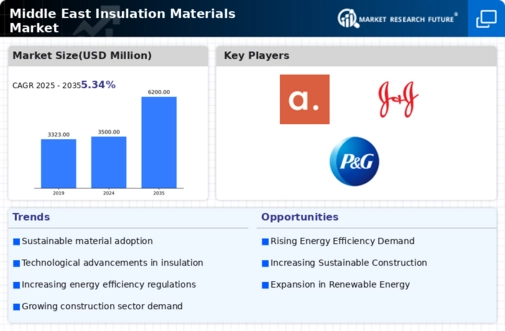
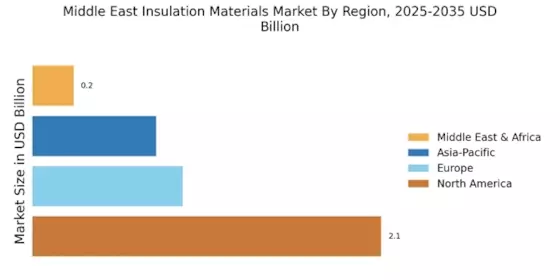
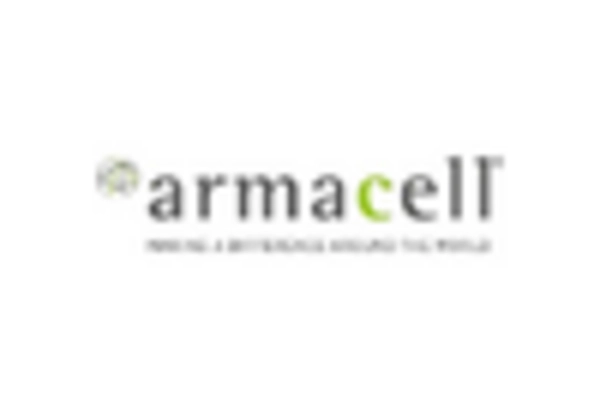
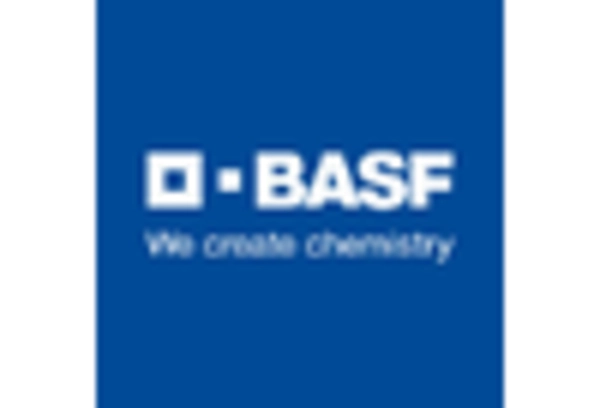
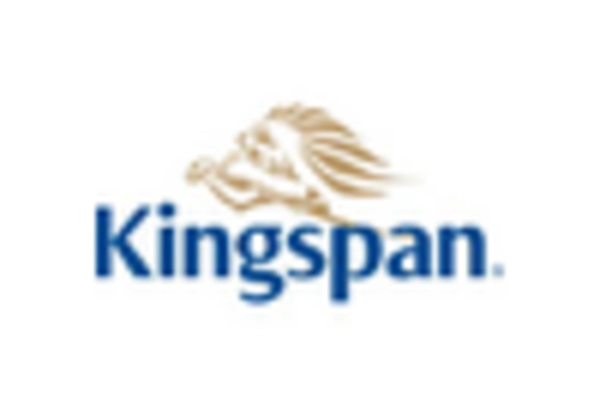
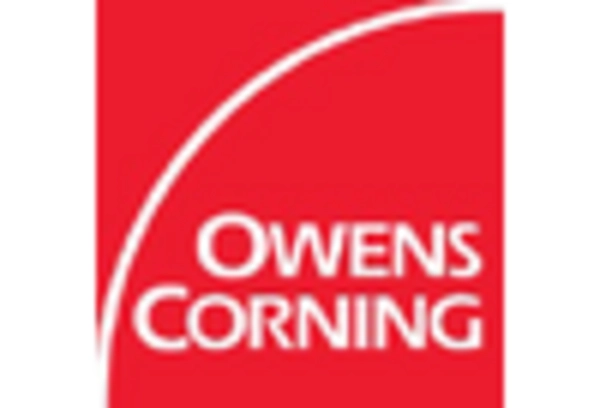
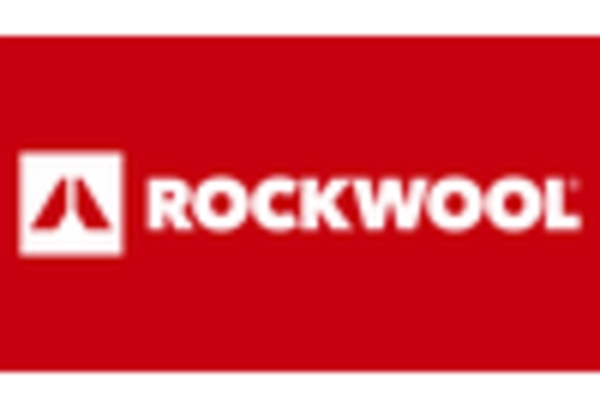
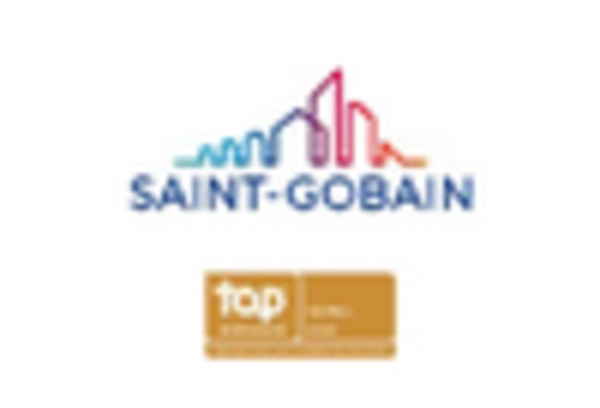








Leave a Comment